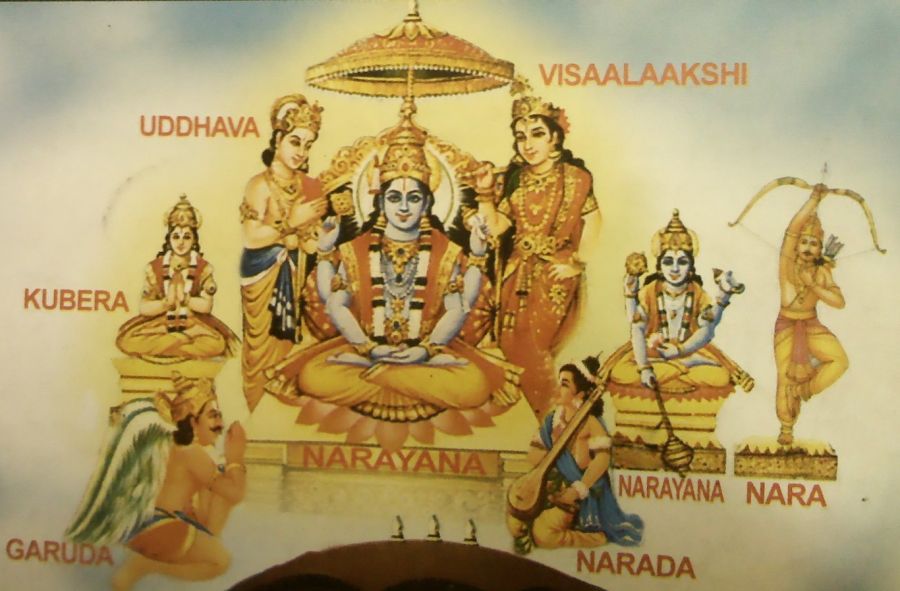
Note :The chaturdharma, "4 dharmas," includes:
1) Rita, "the universal law": the cosmic order. Galaxy clusters in the power of the mind and perception, expressed the basic laws that produce and manage all forms, all functions, all processes in nature universal in humans as in all things.
2) Varna dharma, "the law of caste" social duty. Varna, caste - but also the human group (the former notion of "race"), tribe, social affinities, social position - defines the individual obligations at the national, community, social group, occupation, and finally the family clan.
3) Ashrama dharma: "Duties of the ages" structured individual development, providing stages of maturation and their essential characteristics. See Ashrama.
4) svadharma, "Law in the individual" Dharma to an individual will, given its physical, mental and emotional karma came to maturity, and the cumulative effects of the previous three dharmas.
1) Rita, "the universal law": the cosmic order. Galaxy clusters in the power of the mind and perception, expressed the basic laws that produce and manage all forms, all functions, all processes in nature universal in humans as in all things.
2) Varna dharma, "the law of caste" social duty. Varna, caste - but also the human group (the former notion of "race"), tribe, social affinities, social position - defines the individual obligations at the national, community, social group, occupation, and finally the family clan.
3) Ashrama dharma: "Duties of the ages" structured individual development, providing stages of maturation and their essential characteristics. See Ashrama.
4) svadharma, "Law in the individual" Dharma to an individual will, given its physical, mental and emotional karma came to maturity, and the cumulative effects of the previous three dharmas.











